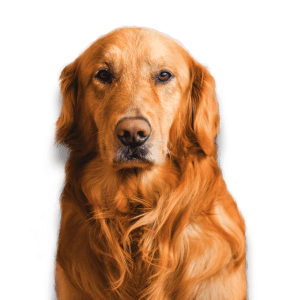What are they?
Dogs have a pair of anal sacs (often called "anal glands") situated just inside their anus. In a healthy dog, these glands empty every time they go to the toilet - modifying the smell of the dog's faeces so that they can be used to communicate with other dogs (although they all smell equally vile to us!). If these glands become impacted, the secretions inside cannot be squeezed out. As a result, the glands become increasingly full, swollen and uncomfortable.
What causes them?
Any source of a "malfunction" in these glands can lead to problems. Most commonly, the glands fail to empty properly, and so become progressively fuller. The usual causes are an episode of diarrhoea (runny faeces don't squeeze out the glands as effectively as nice solid ones); poor conformation of the glands (which is probably genetic); or an increase in the "thickness" of the fluid (for example, a primary infection, but this is quite rare). Once the gland is impacted and unable to empty itself, secondary infections (which are very common!) occur. This causes the tissue to swell, making the impaction even worse. Eventually, if not expressed, a large and painful abscess will form next to the dog's bottom. When it ruptures, it may ooze pus all over the dog's back end, or burst internally causing severe internal infection.
What dogs are at risk?
Any dog may suffer from anal gland problems; however, toy and miniature breeds seem to be at higher risk of abnormally shaped or positioned anal glands. A dog who has suffered from a recent episode of diarrhoea is also at much higher risk.
What are the symptoms?
The first sign is usually "scooting" - rubbing their bottom along the floor, trying to squeeze out the glands. If this is not successful, they may start licking, scratching or biting at their back end. As the glands become more swollen and painful, they may become constipated - they don't want to go to the toilet because it hurts so much!
How are these diagnosed?
Very simply - a vet will put their finger in your dog's bottom and feel the glands. They'll easily be able to tell if they're swollen, blocked - and if they're painful, your dog will make it very clear...!
How can they be treated or managed?
The vast majority of anal gland issues are simple impactions, and vets can easily "squeeze" them out and empty the overfull gland, solving the problem. Occasionally, if the gland is really swollen and inflamed, we may need to give them a short course of antibiotics and anti-inflammatory medication before we can empty them. If this isn't sufficient, the next option is to admit the dog for surgery and surgically drain the glands.
Can they be prevented?
Some dogs are particularly prone to anal gland disease; for these, we'd recommend a small change in the diet (typically, a slight increase in the fibre content) which will allow the passing faeces to squeeze out the contents more effectively. If that isn't enough, we can always surgically remove the glands - this is a pretty complicated operation, and there are possible side effects, but it will definitely remove the problem.


